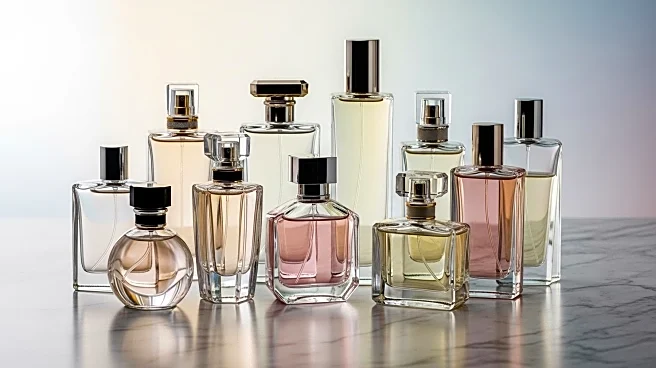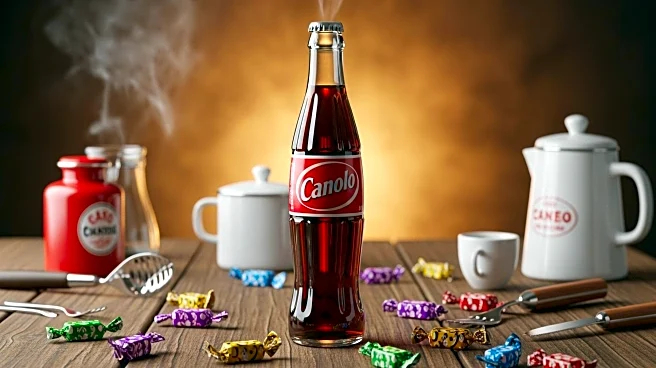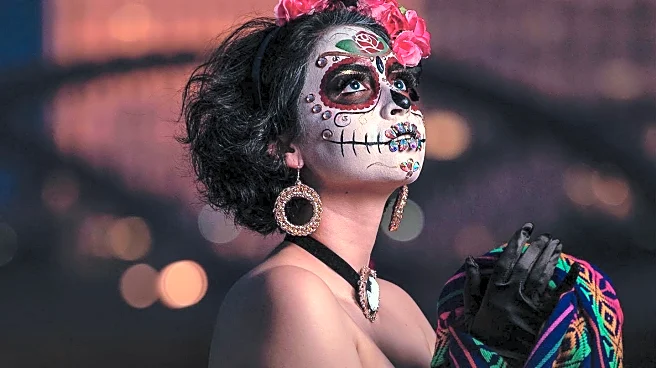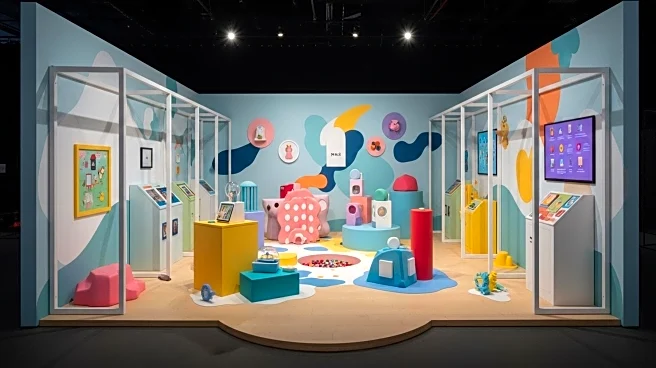What's Happening?
Fragrance brands are increasingly adopting the practice of scent layering, a trend that has transformed the perfume market. Mona Kattan, founder of Kayali, has been a pioneer in promoting this concept, which involves combining multiple fragrances to create unique scents. Despite initial skepticism from investors, Kayali has become a top seller at Sephora, driven by social media influencers who showcase various fragrance combinations. The trend has led to a significant rise in fragrance sales, with the category growing faster than other beauty segments. Brands are now launching layering kits and designing fragrances to be paired, rather than worn alone, catering to a new generation of consumers who prefer a 'wardrobe' of scents.
Why It's Important?
The shift towards fragrance layering represents a significant change in consumer behavior, moving away from the traditional 'signature scent' model. This trend is particularly popular among Gen-Z and Millennials, who are more inclined to use multiple scents and create personalized combinations. The rise of layering has implications for fragrance brands, requiring them to adapt their product development and marketing strategies to meet the demand for newness and variety. This trend also impacts brand loyalty, as consumers are less likely to stick to a single fragrance, prompting brands to increase their launch frequency and expand into new categories such as hair perfumes and body sprays.
What's Next?
Fragrance brands are expected to continue adapting to the layering trend by expanding their product lines and offering more layering sets. As the practice gains popularity, brands may need to invest more in marketing and influencer partnerships to maintain consumer interest. The trend could also lead to further innovation in fragrance formulation, as brands seek to create scents that complement each other when layered. Additionally, the industry may see a shift in how fragrances are marketed, with a focus on customization and personal expression rather than a singular brand identity.
Beyond the Headlines
The rise of fragrance layering may have cultural implications, as it reflects a broader shift towards personalization and individual expression in consumer products. This trend challenges traditional notions of fragrance as a status symbol, instead emphasizing creativity and personal style. It also raises questions about the sustainability of increased production and consumption, as brands ramp up their pipelines to meet demand. The long-term impact of this trend on the fragrance industry will depend on whether it remains a popular practice or evolves into a new standard for scent consumption.











